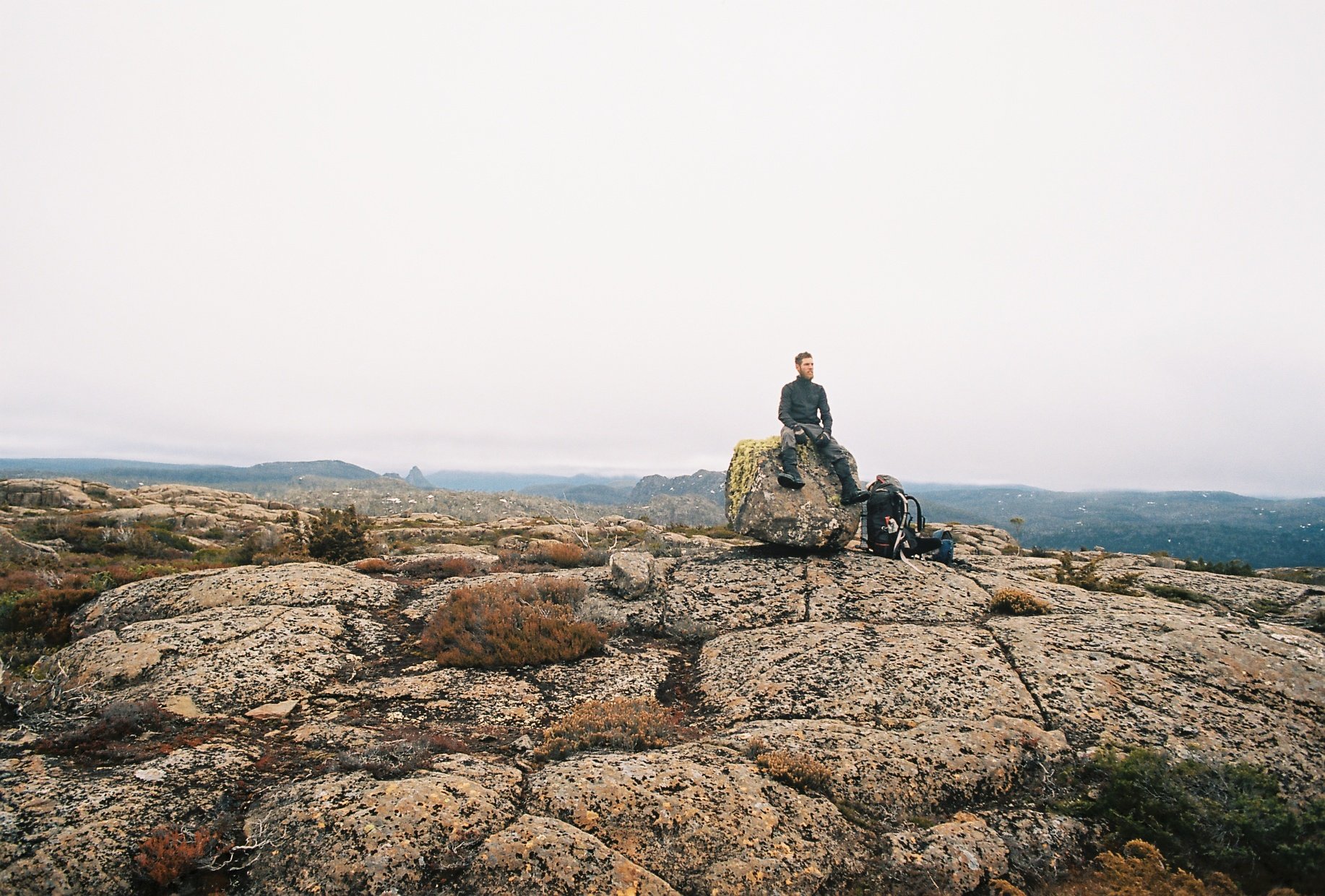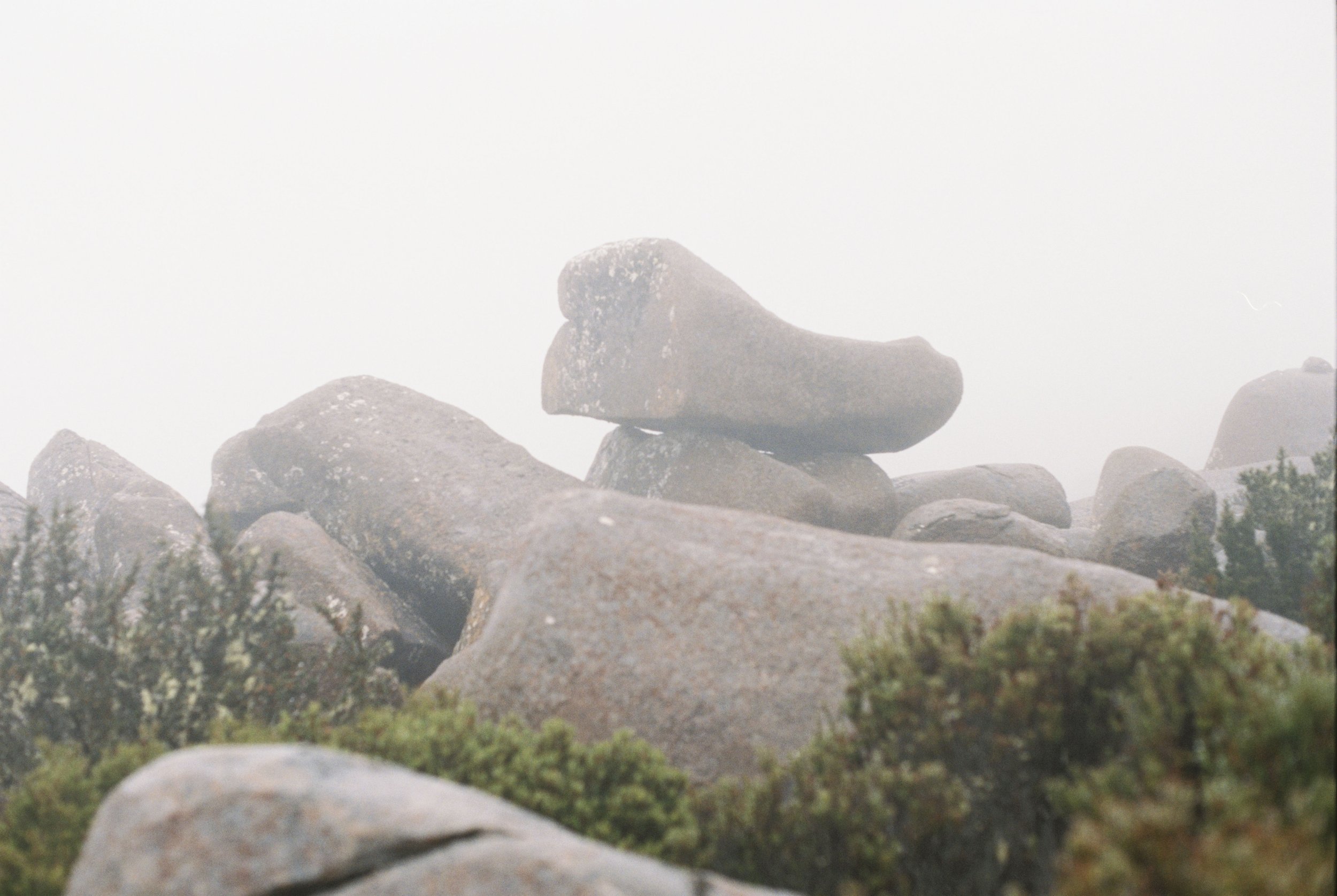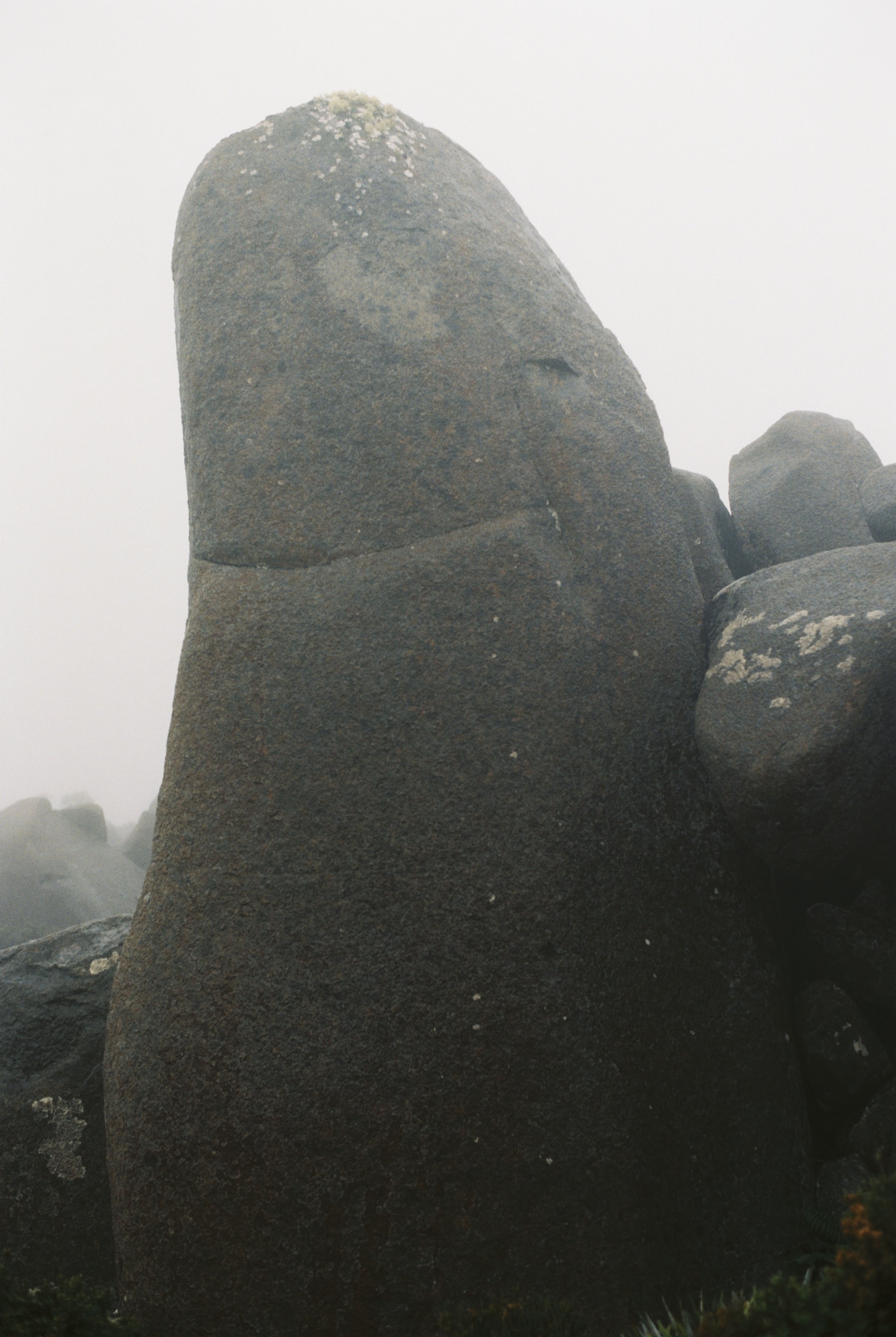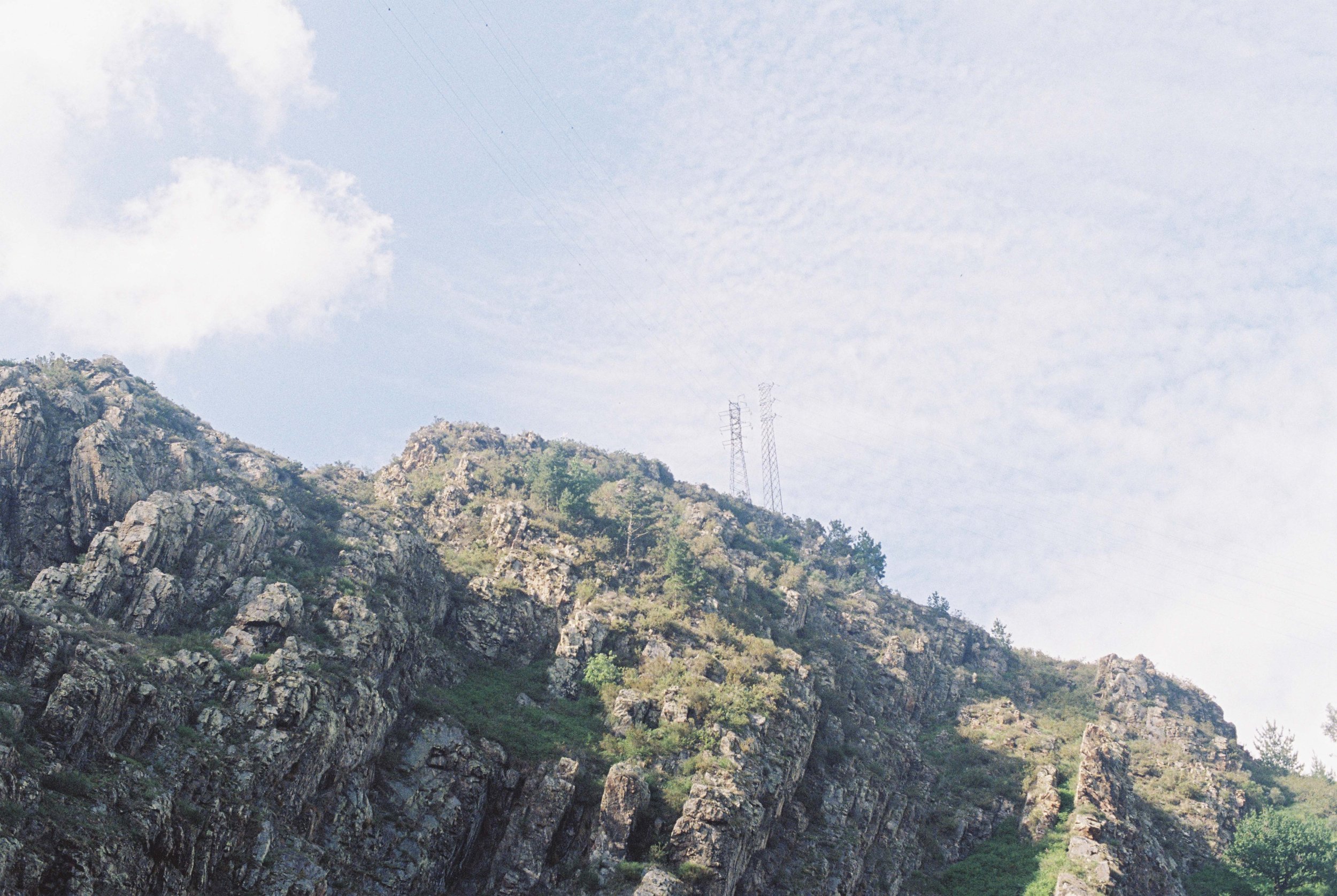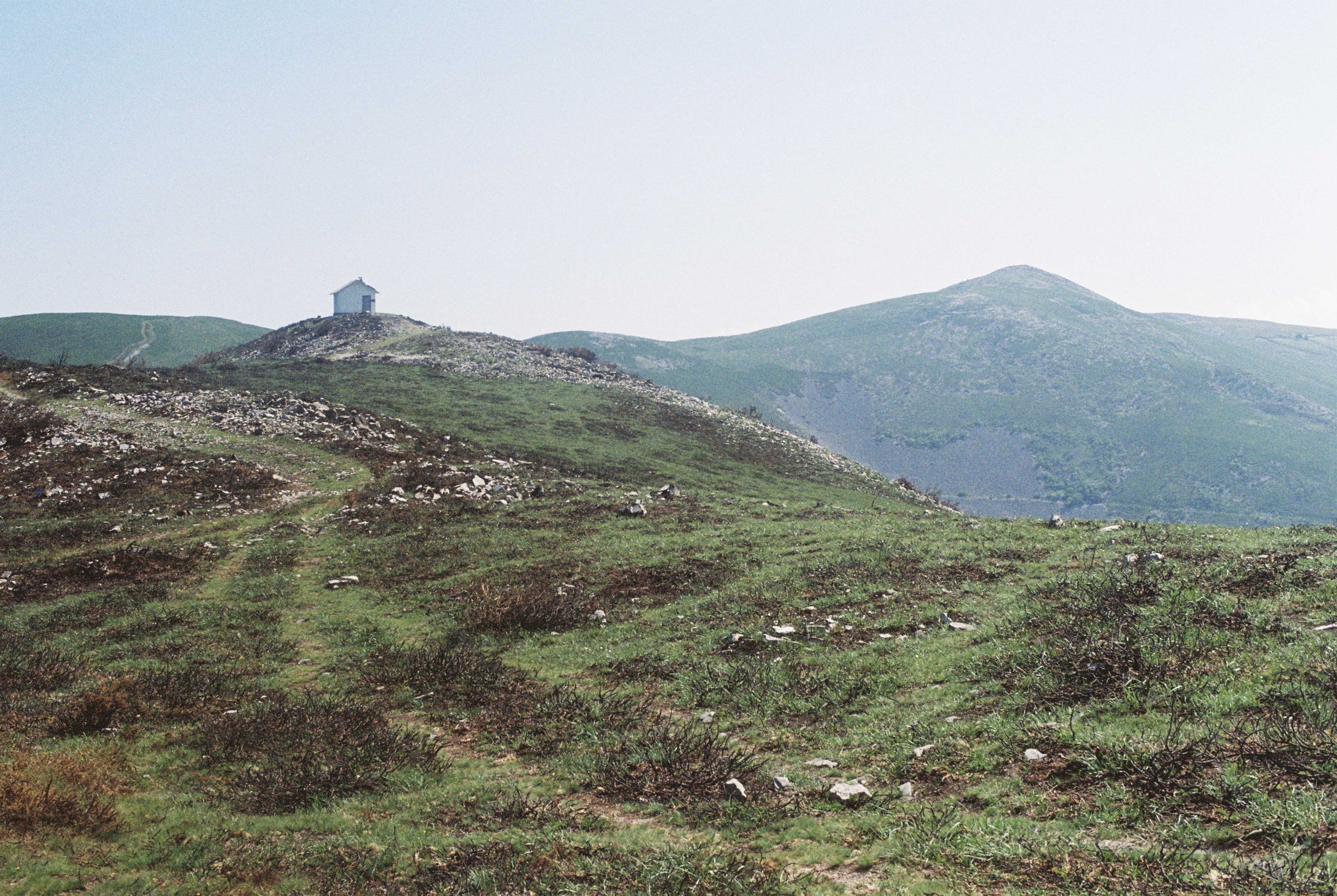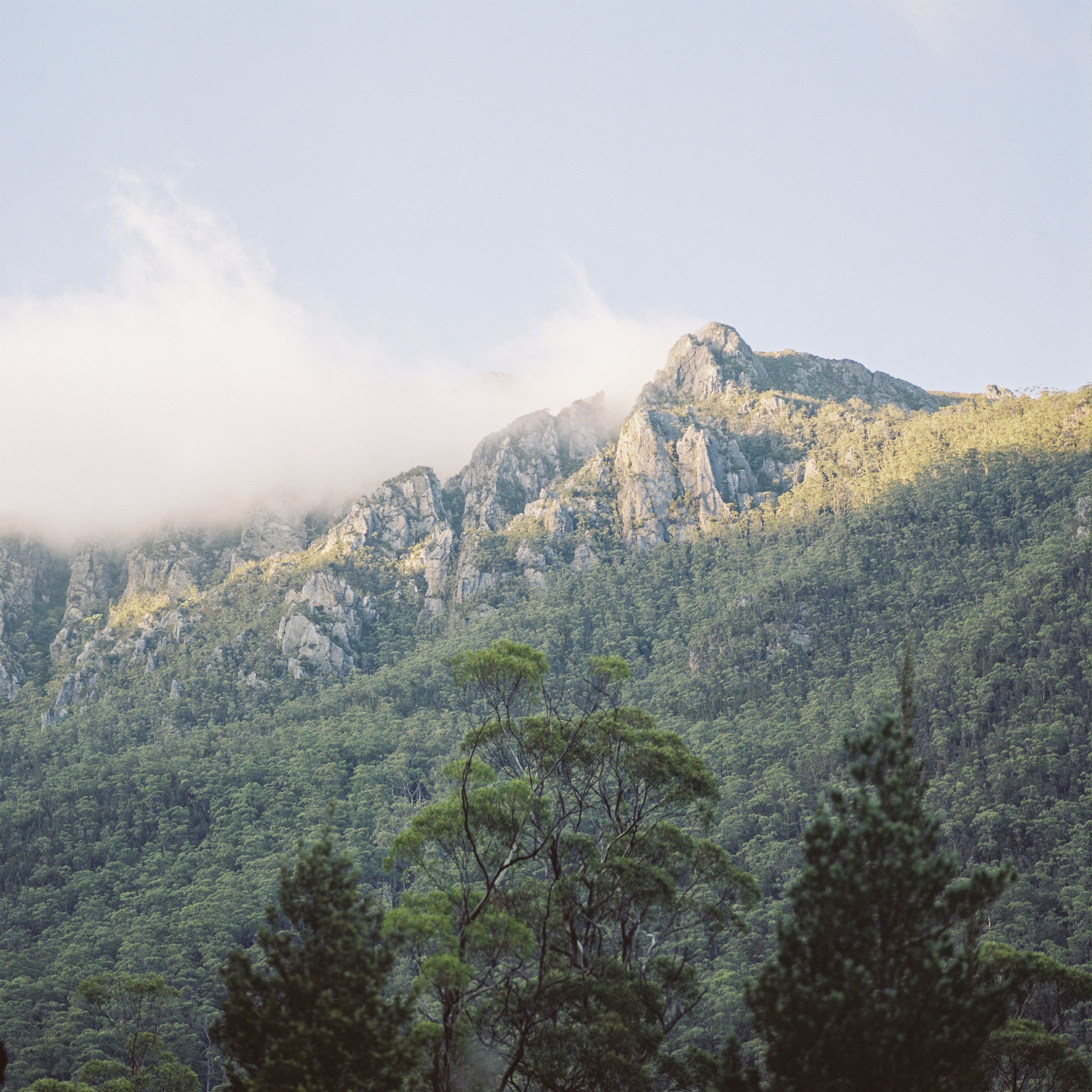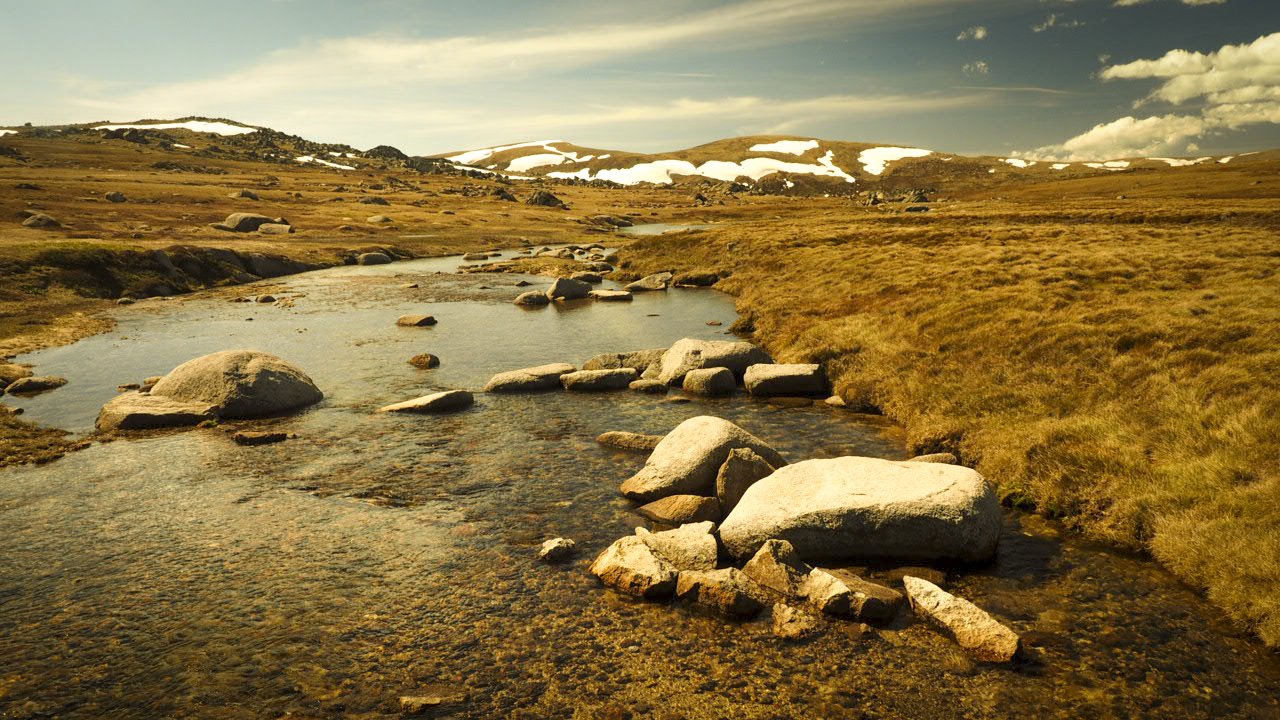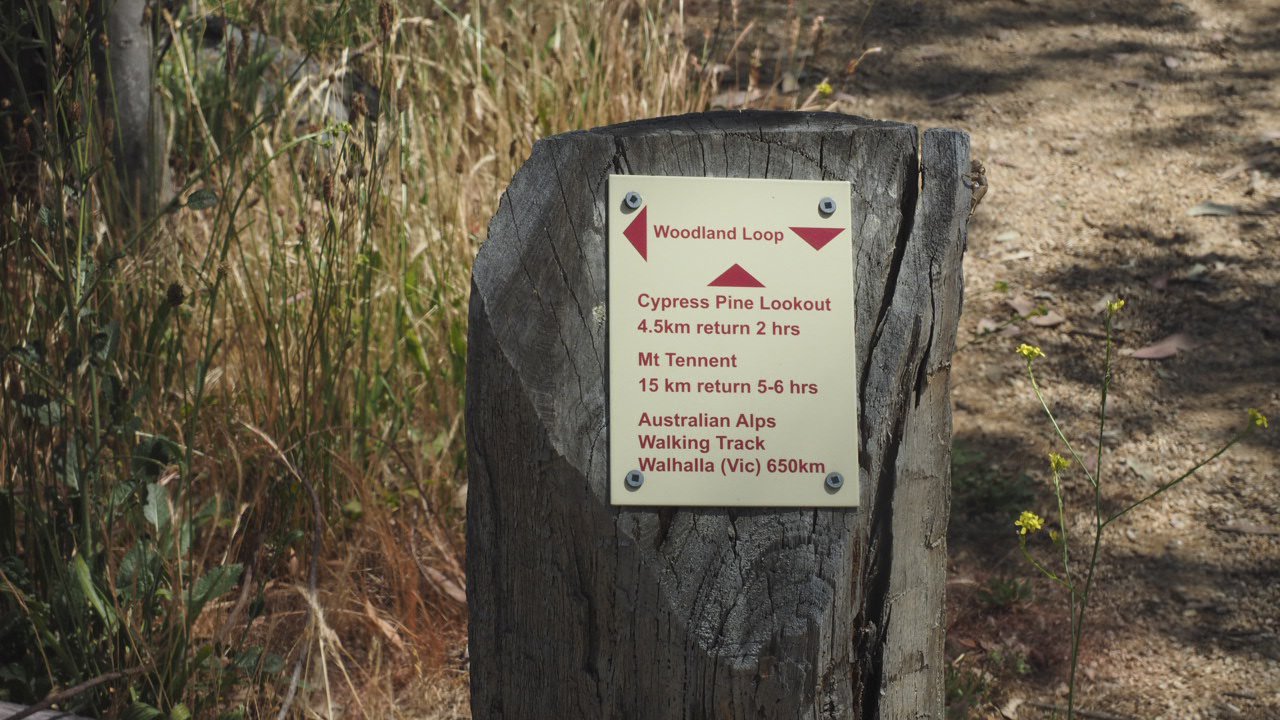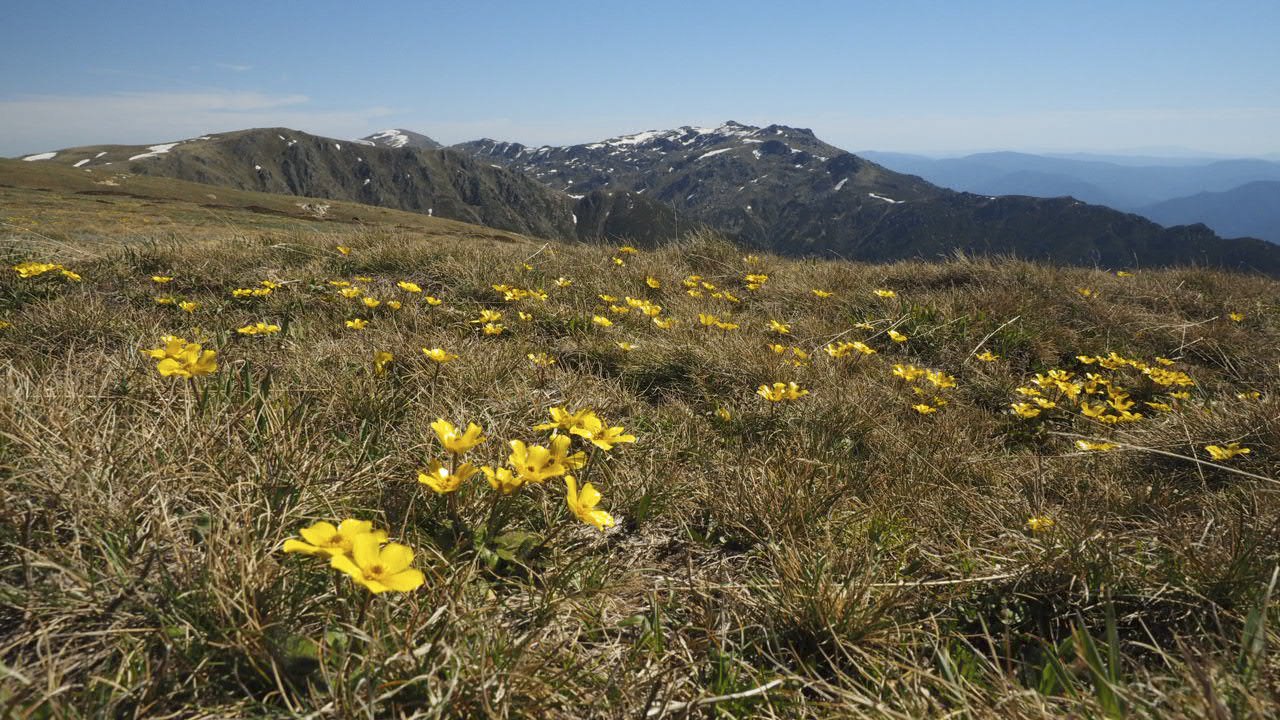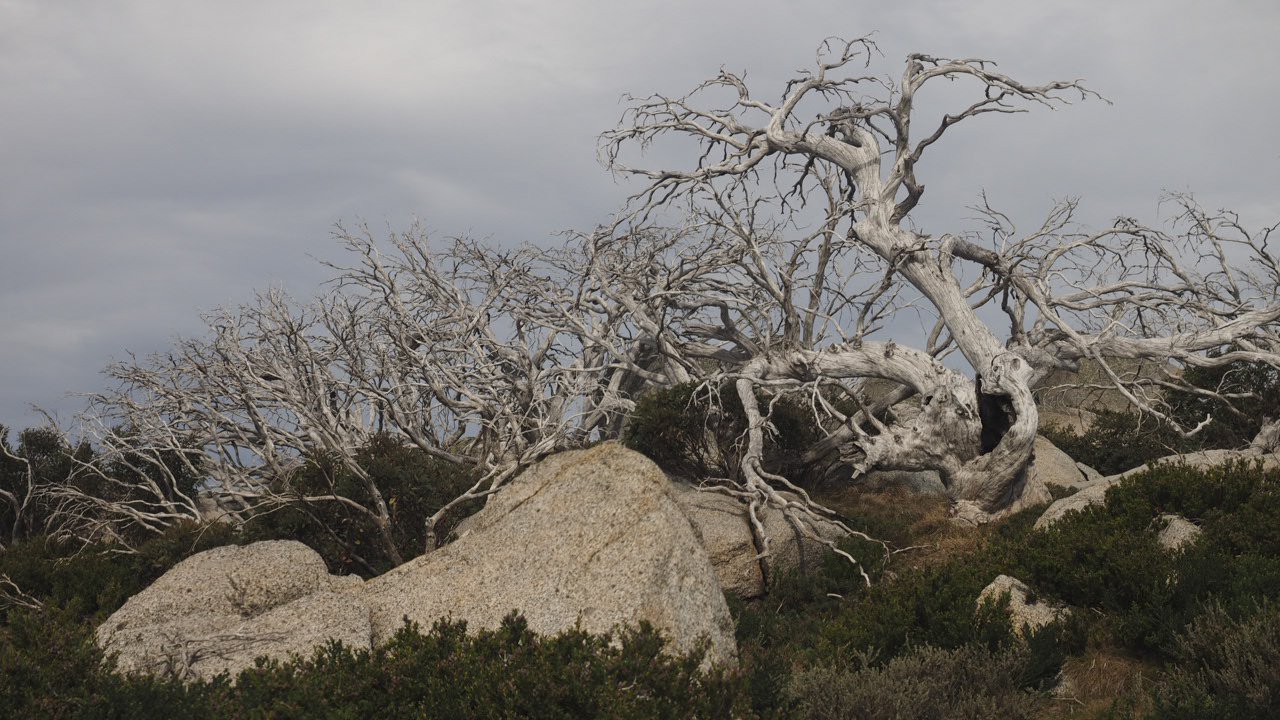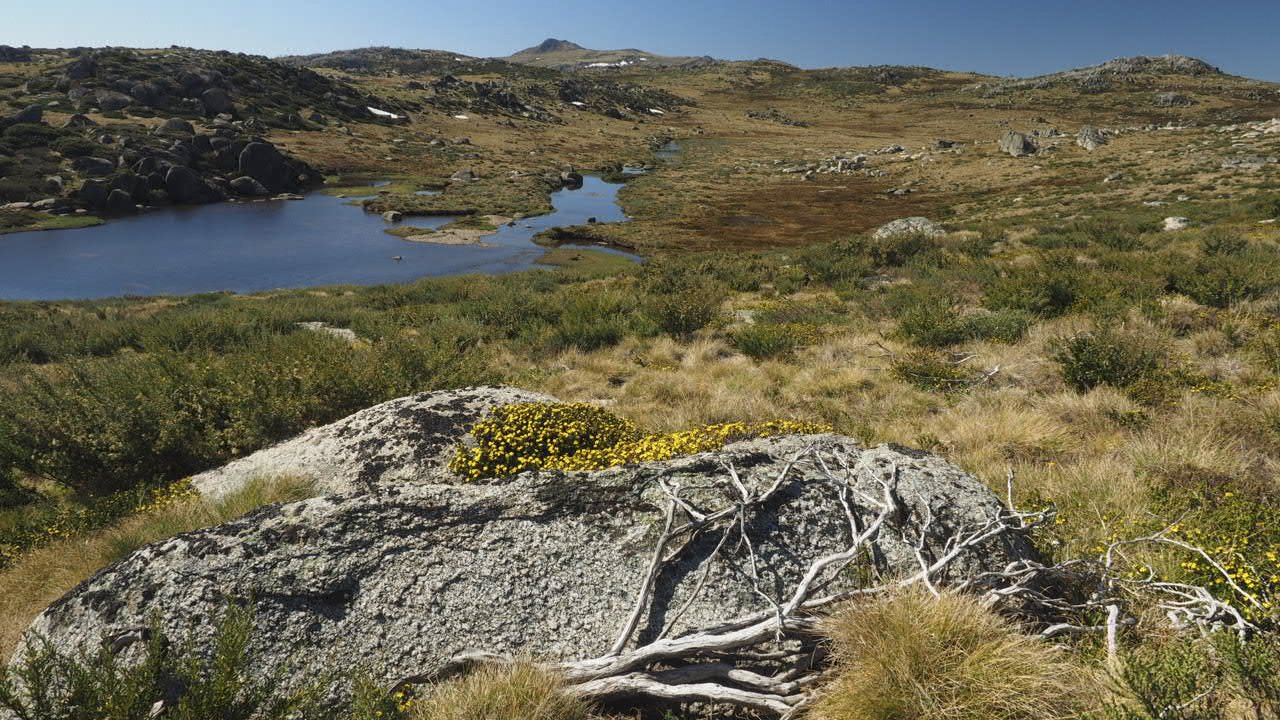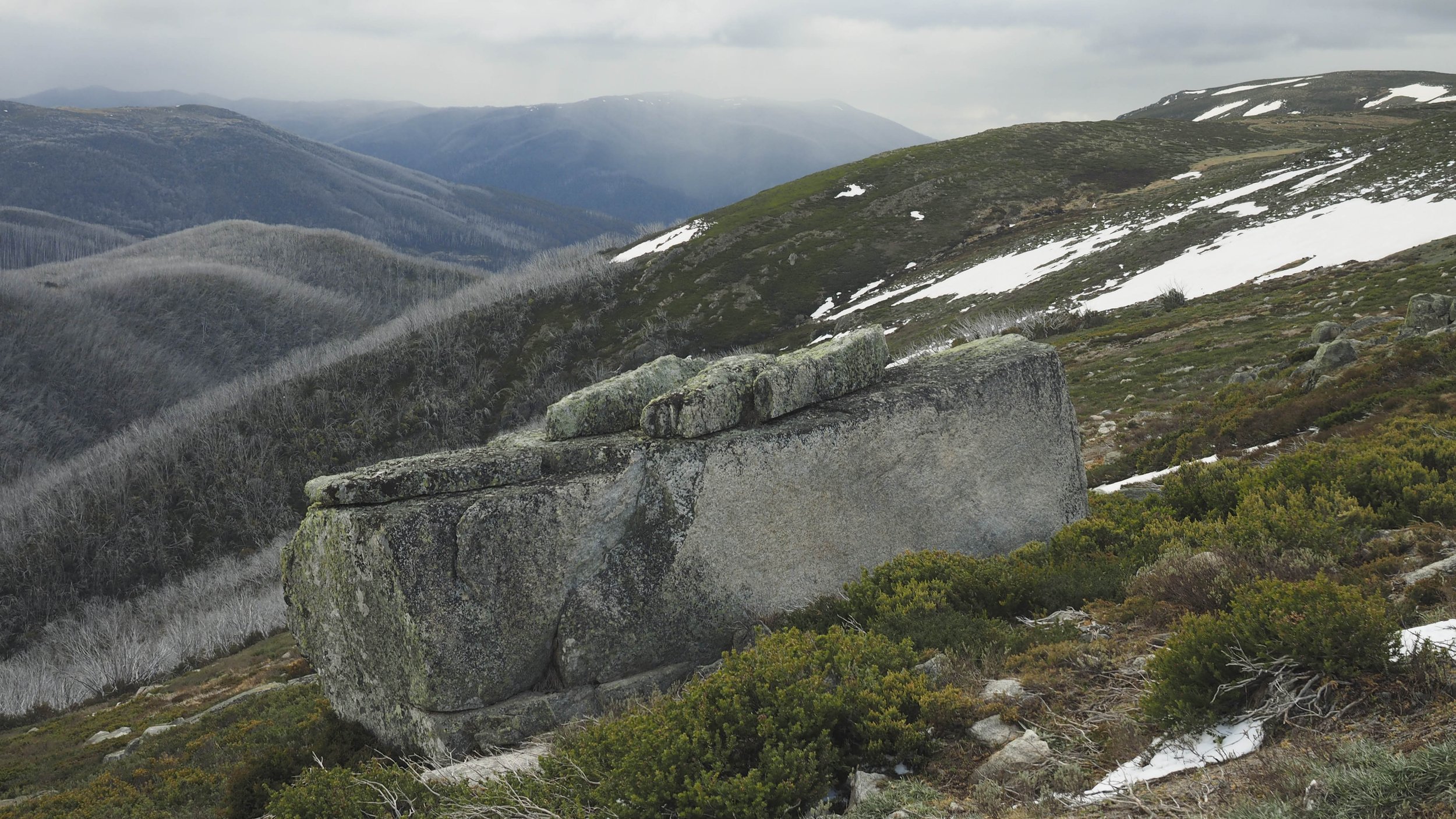“He who knows only his own side of the case knows little of that. His reasons may be good, and no one may have been able to refute them. But if he is equally unable to refute the reasons on the opposite side, if he does not so much as know what they are, he has no ground for preferring either opinion...” J.S. Mill
Afternoon light, Brushy Creek Trees. Pentax MX, Ektar 100, April 2023.
Have you ever had a conversation that went like this?
A: I was hoping we could have a conversation about anthropogenic climate change.
B: About what kind of climate change?
A: Anthropogenic. It means climate change that is induced by humans.
B: Well sure, we can have a conversation. But climate change is due to natural variations in the Earth’s atmosphere. Humanity has nothing to do with it.
A: So 97% of scientists who claim anthropogenic climate change is real and happening are all wrong then?
B: Yes, they are all wrong.
A: What would it take for you to change your mind?
B: No matter what you say to me, I am not going to change my mind.
A: But I thought you said you were open to having a conversation? If you have already made up your mind, what’s the point of having this conservation?
B: The point is that I am right.
A: And what is your proof?
B: I don’t need any proof, because I know I am right.
A: You realise you are using a circular argument that makes no sense whatsoever?
B: It makes perfect sense to me. The fact that you can’t understand my way of thinking is not my problem.
A: So nothing I can say to you will change your mind?
B: Yes, that is right. You are finally starting to understand.
A: Well, in that case I would say you are not ready to have this conversation.
B: What do you mean? We just had it, and we both know I am right!
A: …
Taller than the rest. Pentax MX, Ektar 100, April 2023.
Most people in Europe before the Renaissance used to believe that the Sun revolved around the Earth, and that the Earth was flat. This was believed for a great many years. Humanity was the centre of the Universe. Then something changed. People’s perception shifted, and the centre of our world changed. It turned out that it was actually the Earth orbiting the Sun. And that the Earth was a sphere.
But today, despite thousands of satellites orbiting the Earth, allowing for our everyday communications to take place, some people still believe the Earth is flat. I imagine a conversation with a flat earther would go something along the lines of the conversation above. No matter what we say, we won’t be able to change their mind. They remain resolute in the conviction that their world view is correct.
Pencil pines and moss. Living in sustained harmony. Pentax MX, Ektar 100, April 2023.
But the truth is, even when we are convinced that we are right, we can still be wrong. And the only way we can find out is if we are willing to hear the other side of the argument and maintain a willingness to change our mind.
